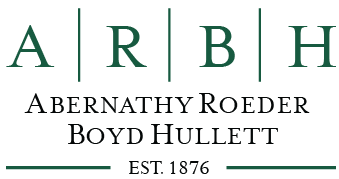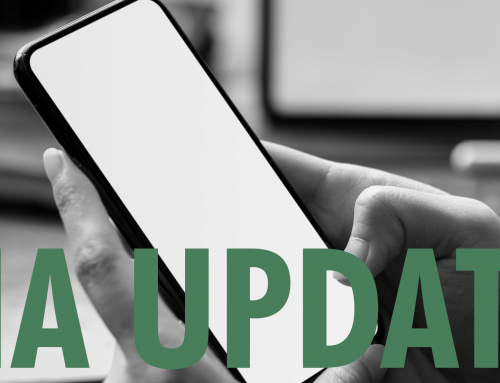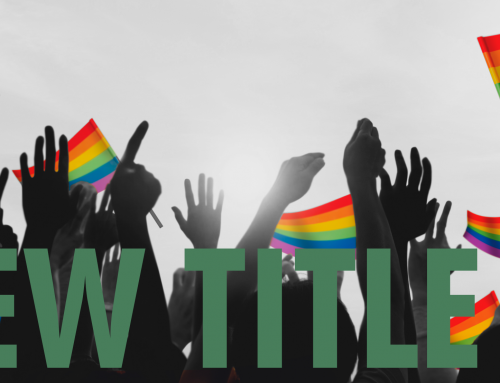National School Walkout Leads to Protests Across the Country
Students across the country have staged walkout protests in response to the school shooting at Marjory Stoneman Douglas High School that took place in February of this year. The largest of these protests, the National School Walkout, occurred on March 14. The 17-minute walkout, symbolizing the 14 students and 3 staff members killed a month ago in Parkland, Florida, began around 10 a.m. in each time zone. District reactions to the protests have widely varied from administrators directly coordinating the protests with students to disciplinary measures such as paddling. With more walkouts planned in the future, many district officials are asking themselves how to handle student protests appropriately.
Legal Concerns for Student Protests
Because student walkouts and protests necessarily involve First Amendment expression, districts should approach any limitations on student speech and participation with caution. As a general matter, districts may prohibit expression by students if the expression materially and substantially interferes with school activities, materially and substantially interferes with the rights of other students or teachers, or a district can demonstrate reasonable cause to believe that the expression would engender “material and substantial interference.”
Districts are not permitted to discriminate based on a viewpoint expressed in private, student-to-student, non-disruptive speech. However, districts may place time, manner, or place limitations on student expression by means of reasonable, viewpoint-neutral regulations. A regulation will pass constitutional muster if the regulation furthers an important government interest, the interest is unrelated to student expression, and the incidental restrictions on the First Amendment are no more than necessary to facilitate the interest.
Because walkouts and protests are a form of student expression, districts have the ability to place reasonable viewpoint-neutral regulations regarding the time, place, and manner of the student speech. A student may also be disciplined for his or her participation in a walkout if the walkout causes a “substantial disruption” to school activities.
Best Practices
The following are recommended best practices for the variety of walkout scenarios school districts could face:
- If it appears that no students or very few students are planning to participate in the walkout, it is likely not necessary to address the national walkout, as doing so might cause a stir and create an issue where none previously existed.
- If a substantial number of students will likely participate, campus leadership could make a general statement that leaving school grounds during the school day without permission is prohibited by the student handbook and that students who leave campus without permission during the school day may be counted tardy or absent. Those students may also receive additional consequences in accordance with the Student Code of Conduct. However, the statement should not mention the content or reason for the student walkout because the warning is applicable to all students who leave campus without permission for any reason.
- If a walkout actually occurs, district employees should not physically restrain students to prevent them from leaving. Instead, employees should monitor students to protect the safety of all students, and should thoroughly document the event (e.g. written statements).
- Teachers should be prepared to take roll at the very beginning of each class, and should have physical copies of the class roster to give to administration in the event of an emergency.
- Teachers should not encourage students to participate in a walkout, and should be reminded of this in writing. The reminder should be content-neutral and applicable to all instances of leaving school without permission.
- Students who leave a class should be directed to return to class. Students who remain in class should be adequately supervised. In the event of a walkout, teachers should be prepared to consolidate classes if necessary to ensure adequate supervision of students who do not participate in the protests.
- If a student leaves school grounds without permission, parents should be notified as soon as possible.
- Participating students may be counted absent or tardy as the situation dictates, and may be disciplined in accordance with the Student Code of Conduct. However, it may be impractical to assess disciplinary consequences against a large number of students, so each situation will require a case-by-case analysis.
Finally, some districts have opted to meet with the students organizing the walkout event to assist with organizing a safe alternative. For example, students could have a designated area during lunch from which to display their signs and voice their opinions non-disruptively. This would probably be a reasonable, time, place, and manner restriction on the students’ speech that allows for expression in a non-disruptive manner. The campus should be prepared to offer a space and time for students with opposing viewpoints to express themselves as well. District employees should not voice an opinion supporting or contradicting the student’s opinions. Remember, many times students will only make the protests an issue if the district does first.
Prepared by the offices of Richard Abernathy, this article should not be construed as legal advice related to any specific facts or circumstances. Although this article covers legal subjects, it is intended to educate readers and not to provide advice that will be the basis for action or inaction in any specific circumstance. Viewing these materials does not create an attorney-client relationship between Abernathy, Roeder, Boyd & Hullett, P.C. and the reader or the reader’s institution. For circumstance-specific legal advice, please directly contact a licensed attorney.







Leave A Comment